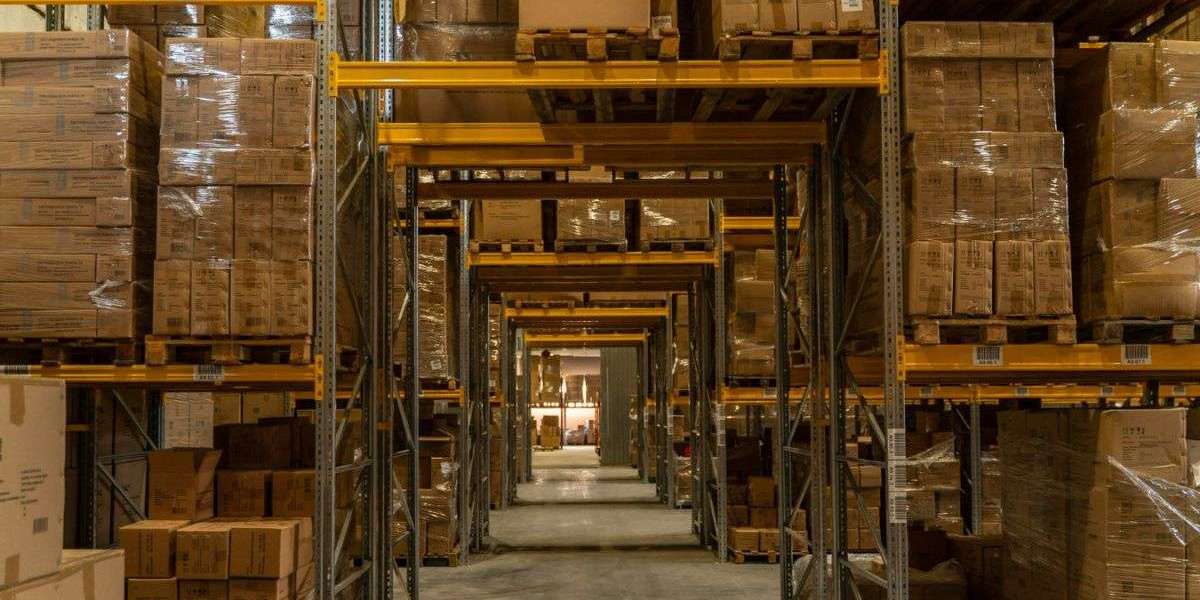Warehousing in Bangalore presents a unique set of challenges, and one crucial aspect is selecting the right racking system. A well-designed racking system not only optimizes storage space but also improves efficiency in inventory management. In this blog post, we will explore the key factors to consider when choosing a racking system for your Bangalore warehouse.
Understanding Your Warehouse Needs
Before diving into the world of racking systems, it's essential to understand the specific needs of your warehouse. Consider the types of products you handle, the volume of inventory, and the layout of your warehouse. This preliminary assessment will guide you in choosing a racking system that aligns with your operational requirements.
Types of Racking Systems
Selective Racking:
- Selective racking is ideal for warehouses with a wide range of products. It provides direct access to each pallet, making it suitable for fast-moving inventory. This system maximizes space utilization but may not be the most efficient for bulk storage.
Drive-In Racking:
- Drive-in racking is designed for warehouses with a high volume of a single product. It allows forklifts to drive directly into the racks, optimizing space by reducing aisles. This system is best suited for last-in, first-out (LIFO) inventory management.
Push Back Racking:
- For warehouses dealing with perishable goods or high turnover rates, push back racking is a viable option. It offers dense storage with multiple pallets stored on a set of rails, and the last pallet loaded is the first to be unloaded.
Pallet Flow Racking:
- Pallet flow racking is ideal for warehouses with a first-in, first-out (FIFO) inventory system. It uses gravity to move pallets along rollers, ensuring efficient stock rotation. This is beneficial for managing perishable items or products with expiration dates.
Factors to Consider
1. Space Utilization:
Evaluate the available space in your Bangalore warehouse. Depending on the ceiling height and floor space, you can choose a racking system that maximizes vertical storage while optimizing the floor layout.
2. Weight Capacity:
Consider the weight-bearing capacity of the racking system. Ensure it can handle the weight of your heaviest products to prevent safety hazards and structural damage.
3. Accessibility Requirements:
Assess how frequently you need to access different products. If you require quick and frequent access, selective racking might be the best choice. For less frequently accessed items, drive-in or push back racking could be more suitable.
4. Inventory Rotation:
Determine your inventory rotation strategy—FIFO or LIFO. This will influence the type of racking system that best aligns with your operational needs.
Conclusion
Choosing the right racking system for your Bangalore warehouse is a strategic decision that impacts the overall efficiency of your operations. By understanding your warehouse needs, exploring different racking systems, and considering key factors like space utilization and weight capacity, you can make an informed choice that enhances productivity.



